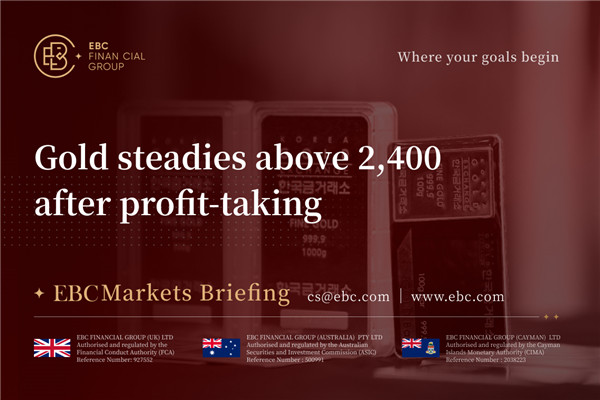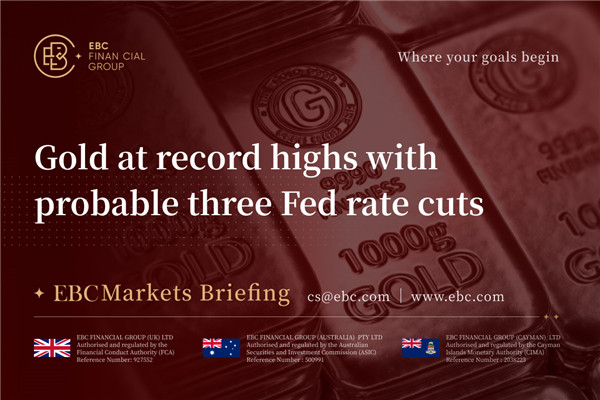Trading
Accounts & Conditions
Trading Accounts
Trading Products
Leverage & Margin
Deposits & Withdrawals
Dividends
EBC Institute
Learning Centre
Online Webinars
About EBC

















